For most travellers, train timings aren’t exactly the headline event of a trip. But anyone who’s taken a morning flight out of Incheon, or tried to reach a hiking trail by sunrise, will know that Seoul’s subway system doesn’t always wake up when you do.
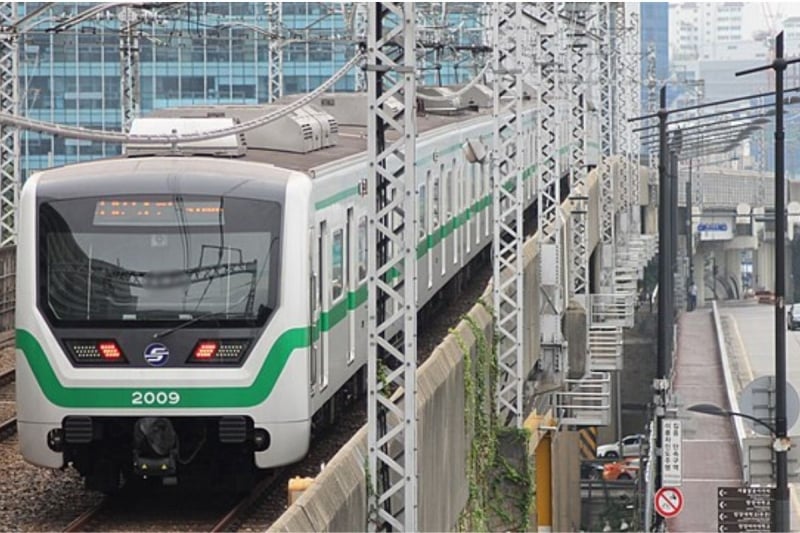
Image Credit: LERK via Wikimedia Commons
Starting August 2025, that’s about to change. The city’s Metro Lines 1 to 8 will begin operations at 5 am, a shift that may seem minor, but quietly changes how mornings move, especially if you’re visiting from out of town.
Also read: Best Korea Travel Apps to Download For Your Trip in 2025
Why a 30-minute shift feels bigger when you’re travelling
Until now, the earliest subway trains only started around 5.30 am. If you needed to get somewhere before that, you were left with limited options: a sleepy bus ride across town or a cab booked the night before. Both can feel inconvenient in a city where transfers matter and timing can make or break your plans.
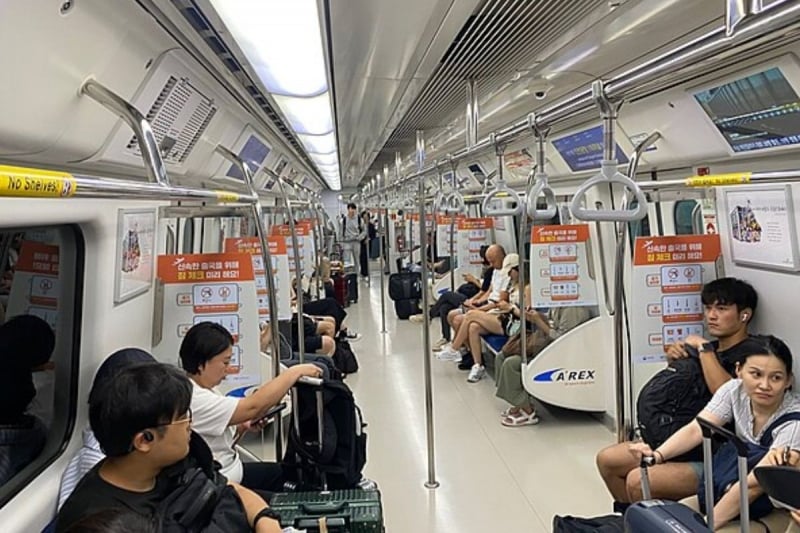
Image Credit: Sgroey via Wikimedia Commons
With this change, bus-to-subway transfers become smoother. The new 5 am start gives you breathing room if you’re heading to the airport, catching an intercity train, or just trying to start your day before the crowds.
Seoul is also expanding its self-driving late-night buses. Route A160 has already served thousands of riders, and the city plans to increase the network to 10 routes by the end of the year.
Also read: Seoul Bus Guide for Tourists: How to Ride, What the Colours Mean & Why It’s Worth It
How will travellers benefit?
You don’t have to be a morning person to benefit. If you’re staying in Hongdae and need to get to the Express Bus Terminal for a day trip to Gangneung, a 5 am train gives you more options. It also helps if you’re planning to visit early-bird markets like Gwangjang before the crowds set in.
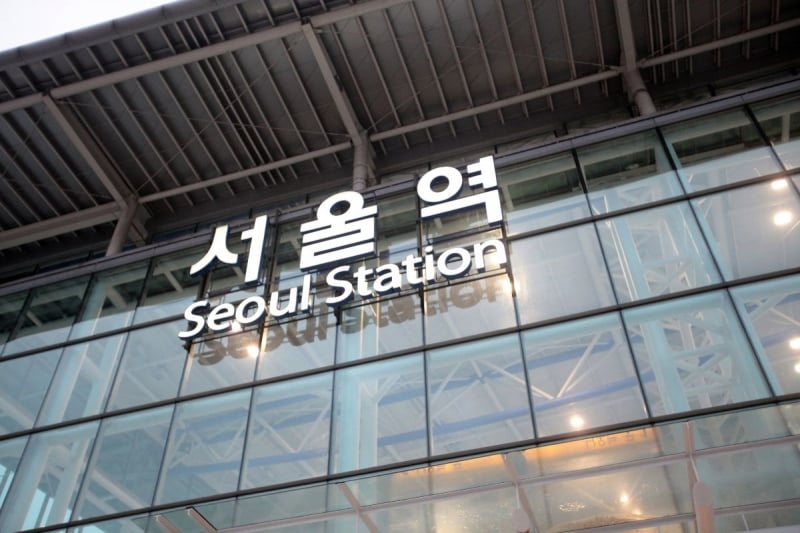
Image Credit: dschreiber29 via Canva Pro
Early subway access is also good news if your accommodation is outside the city centre. Areas like Jamsil or Yeongdeungpo, which require a few transfers to reach Incheon or Gimpo Airport, become less of a scramble. For travellers catching morning flights or long-distance coaches, that 30-minute head start can make all the difference in how your trip feels.
Also read: How to Travel Around South Korea by Intercity Bus: A First-Timer’s Guide
What travellers should take note of
As the subway starts earlier, it also ends earlier. The last trains will now pull in 30 minutes ahead of the previous schedule, giving maintenance crews more overnight access. If you’re planning a night out in areas like Hongdae or Itaewon, it’s worth checking train timings before you stay out too late.
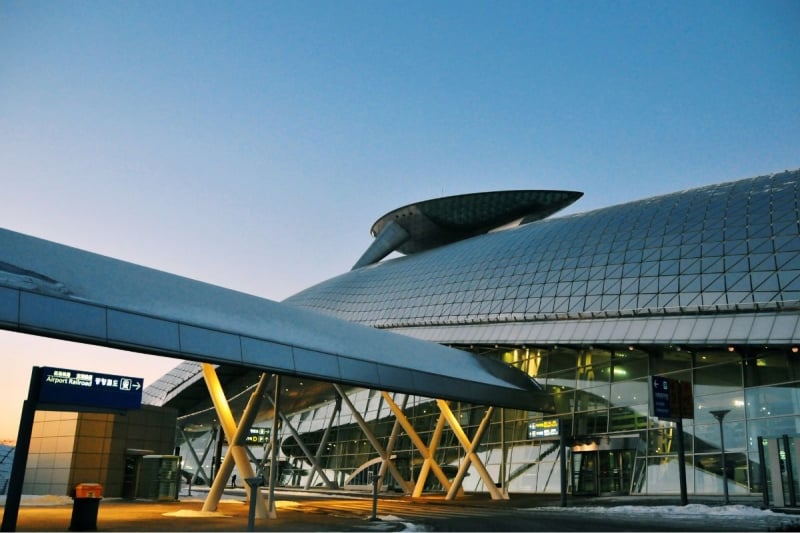
Image Credit: mtcurado via Canva Pro
This change applies only to subway routes within Seoul. Airport and regional lines like AREX and KORAIL still operate on the existing schedule, though the city is in talks to bring them on board.
Why is this worth paying attention to?
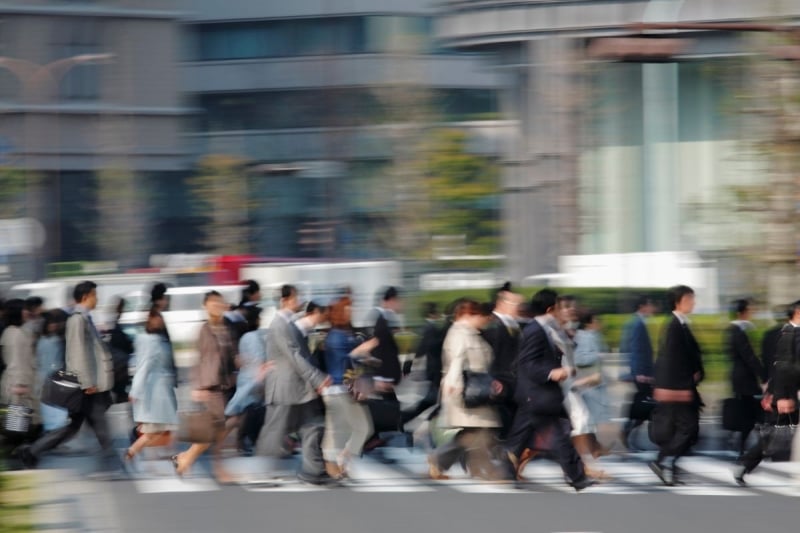
Image Credit: gyro via Canva Pro
Cities rarely shift their infrastructure without friction. Seoul’s labour unions have pushed back on the decision, arguing that it was made without enough consultation or data. City officials, in contrast, estimate that 23,000 more riders could benefit, based on existing bus ridership before 5.30 am.
But for most travellers, the debate behind the scenes may not matter as much as the experience on the ground. And what the shift offers is the ability to move through the city with less hesitation (and cost!)
Final thoughts
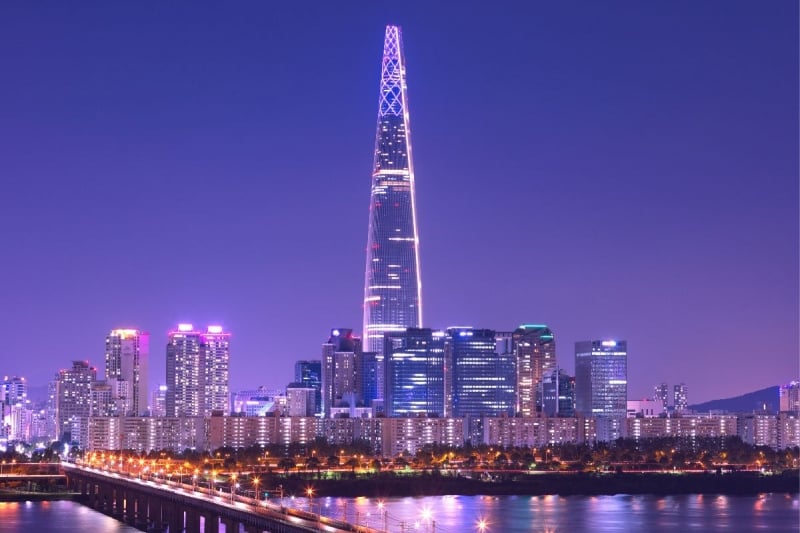
Image Credit: kamponwarit via Canva Pro
For travellers familiar with Singapore’s rhythm, Seoul’s trains already feel efficient. But efficiency isn’t the same as alignment. A 5 am start might seem minor, but when you’re standing at the platform after a long night or trying to catch a flight without rushing, it matters.
This change won’t fix every gap, but it closes the distance between intention and access, and that makes the city feel more open.




